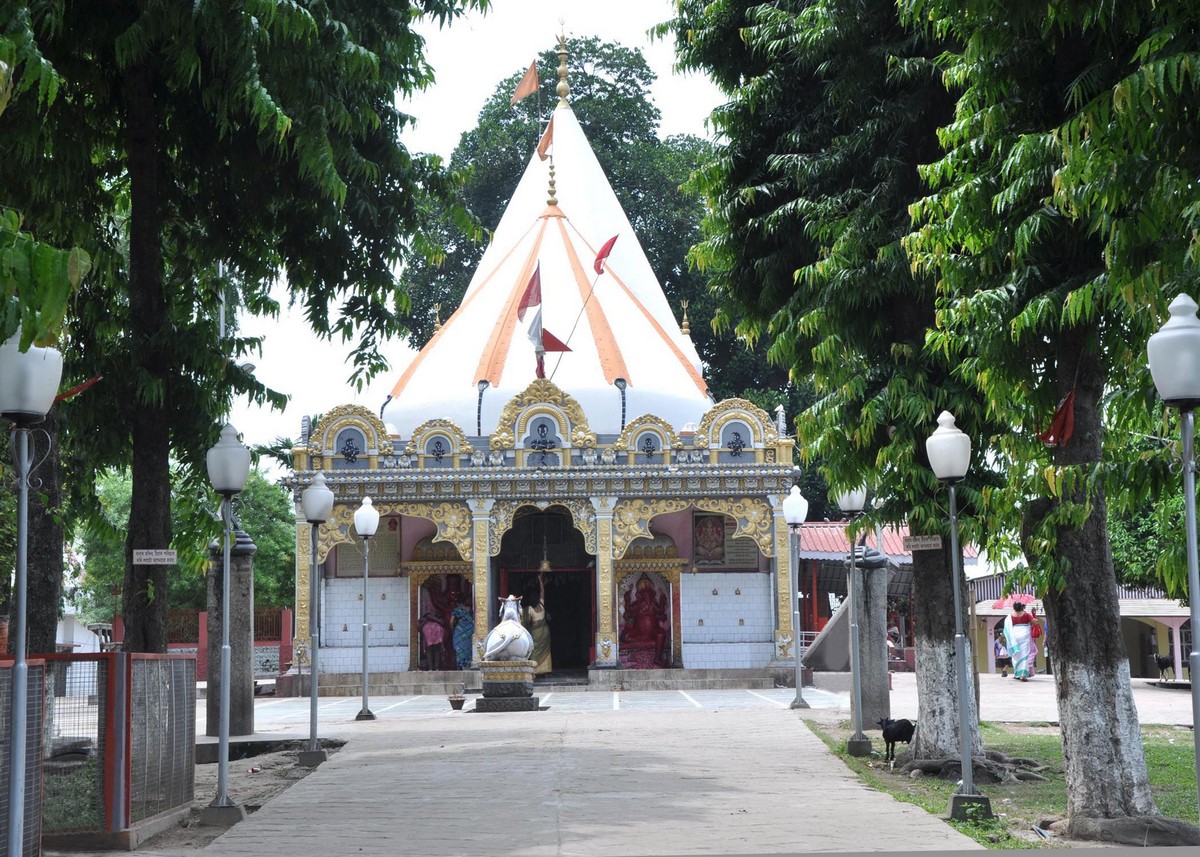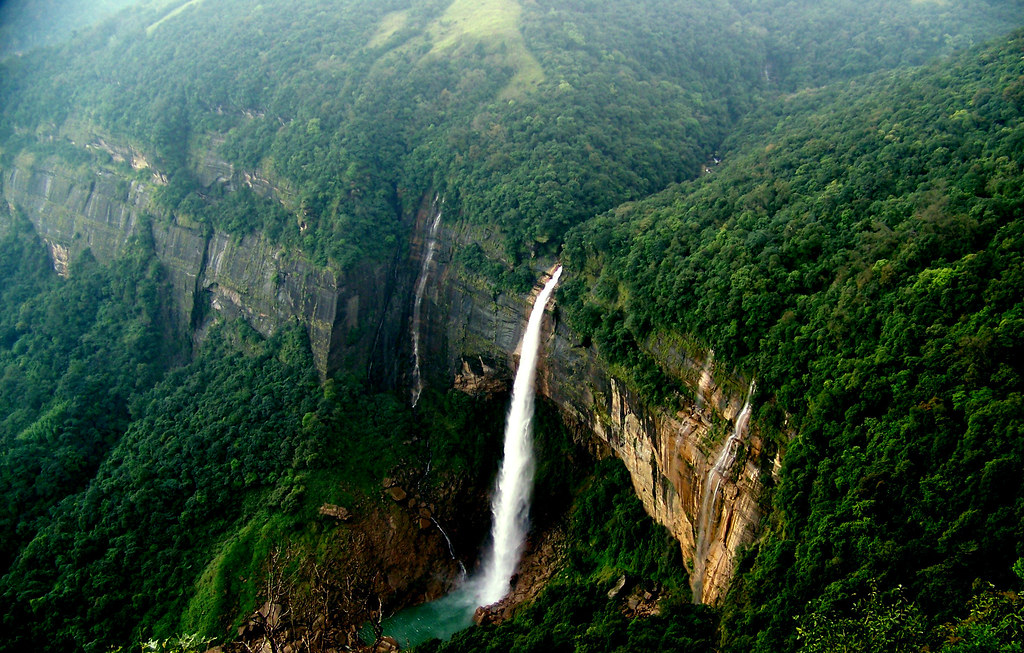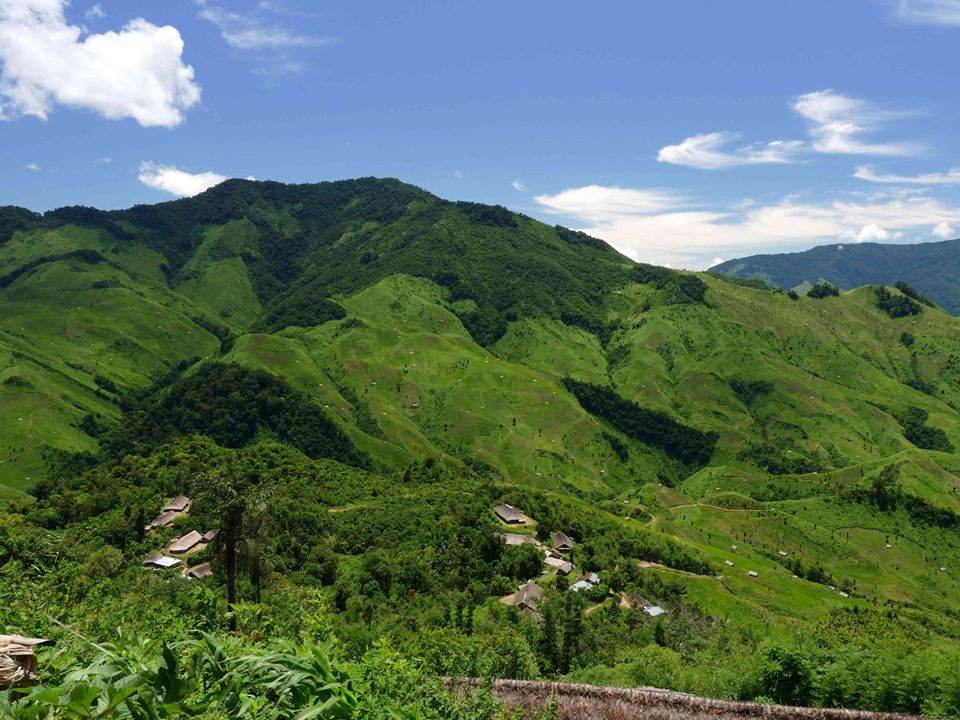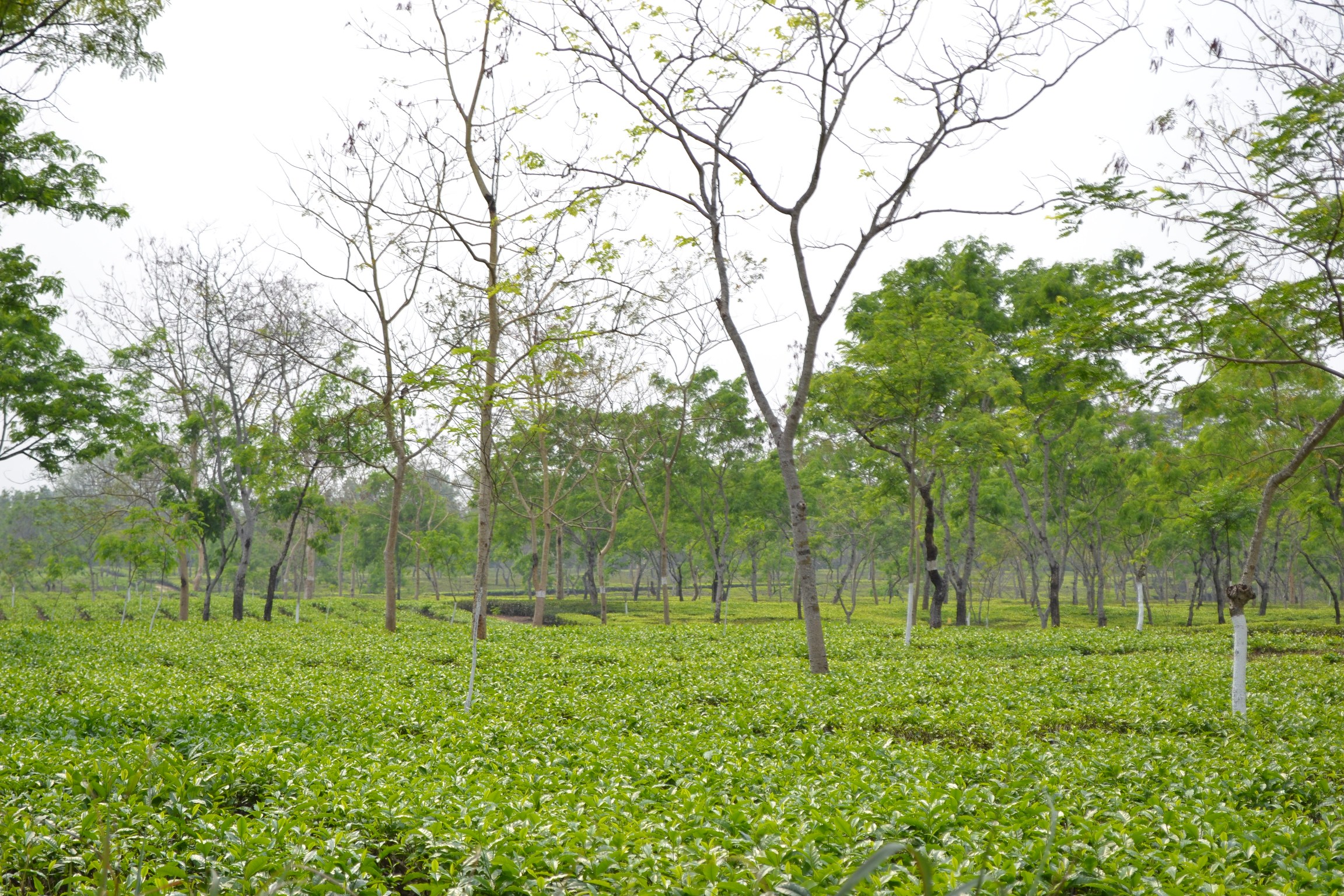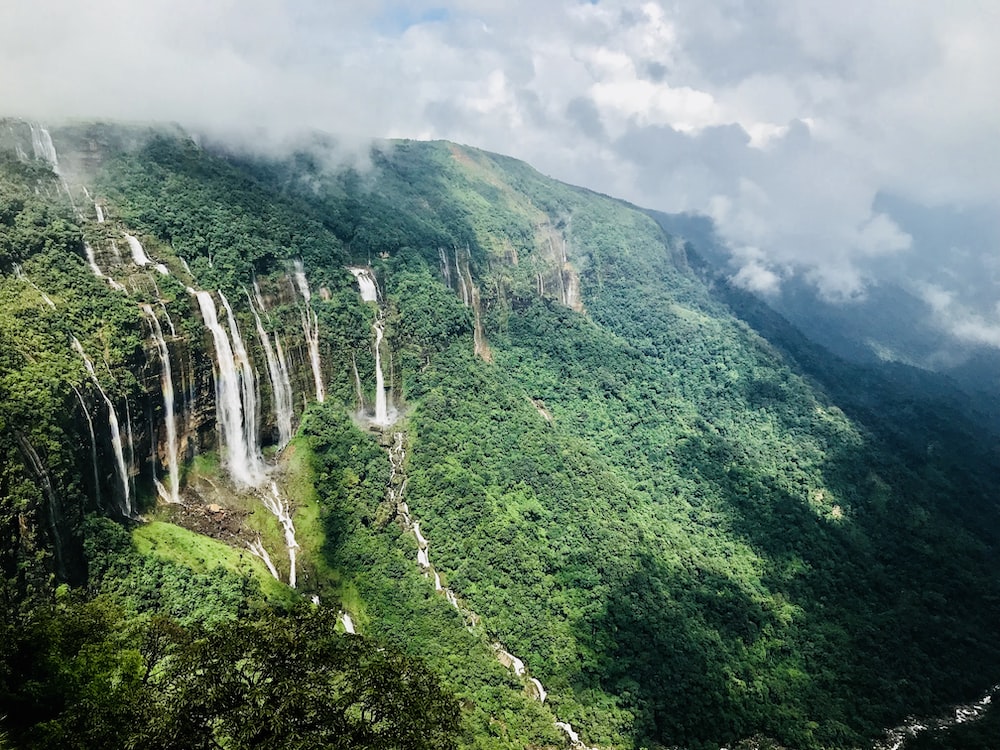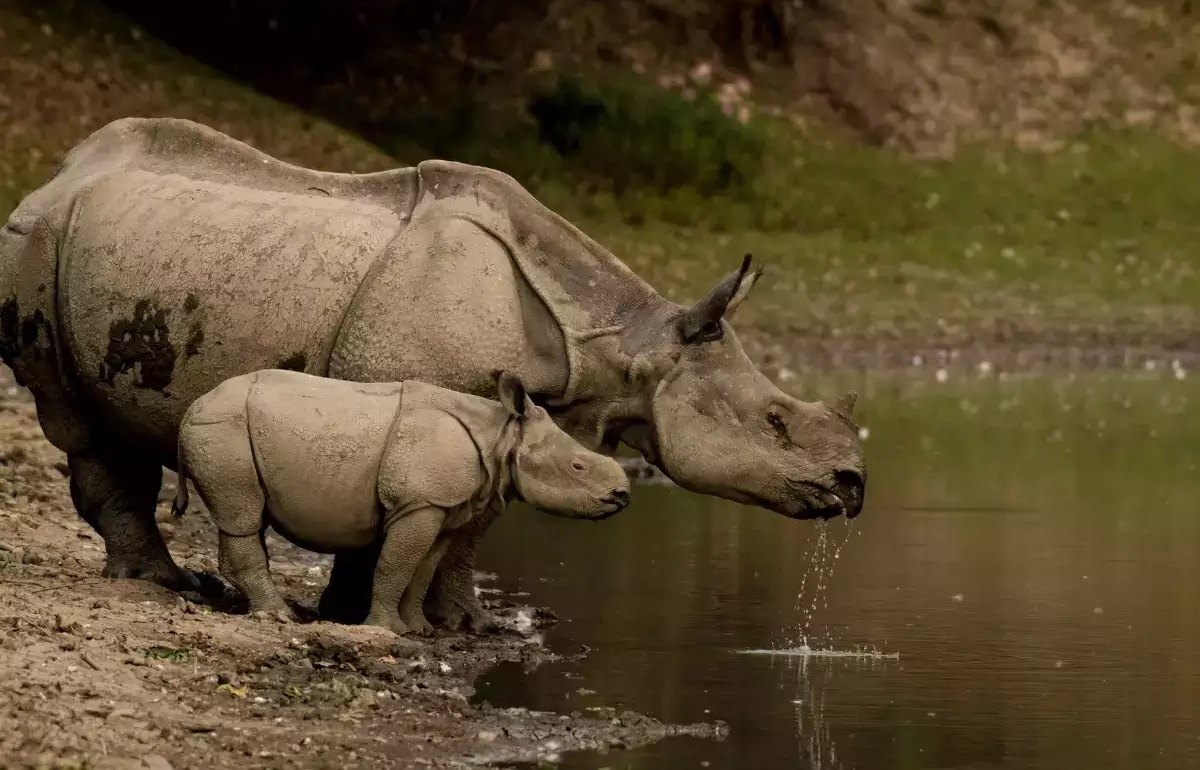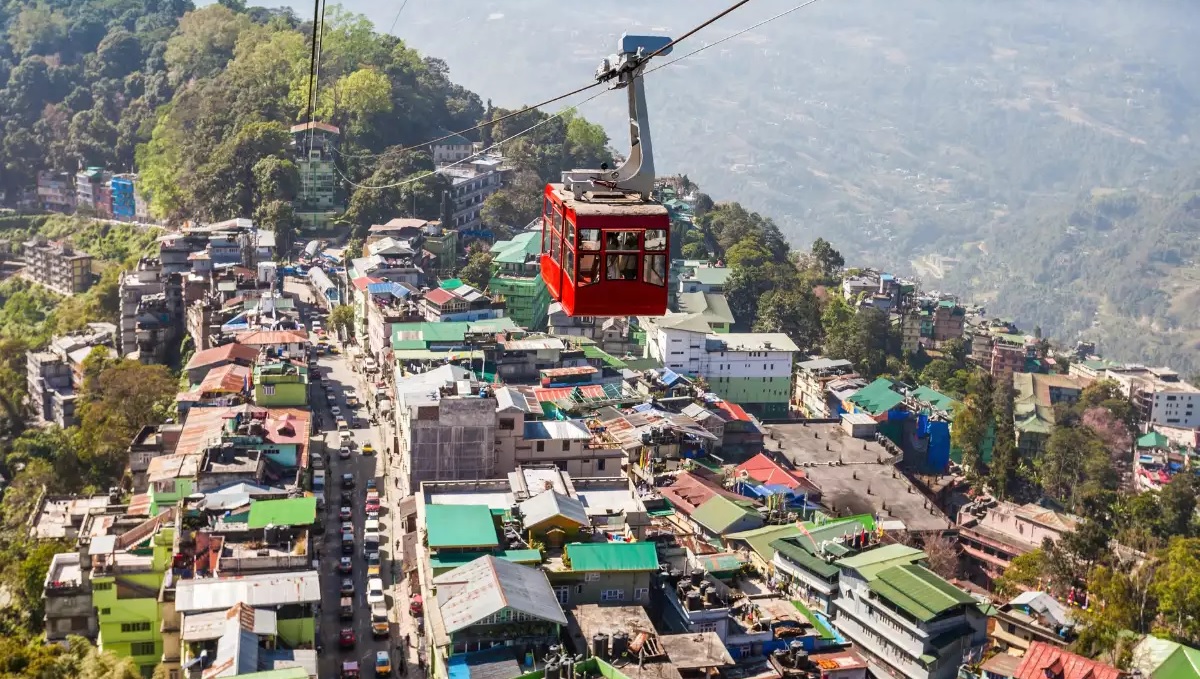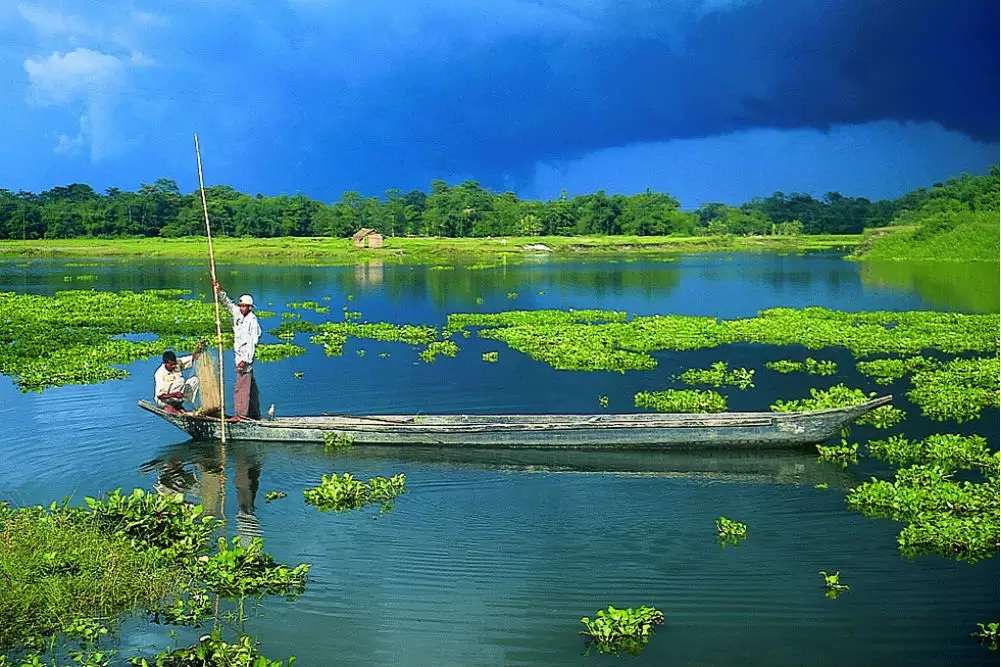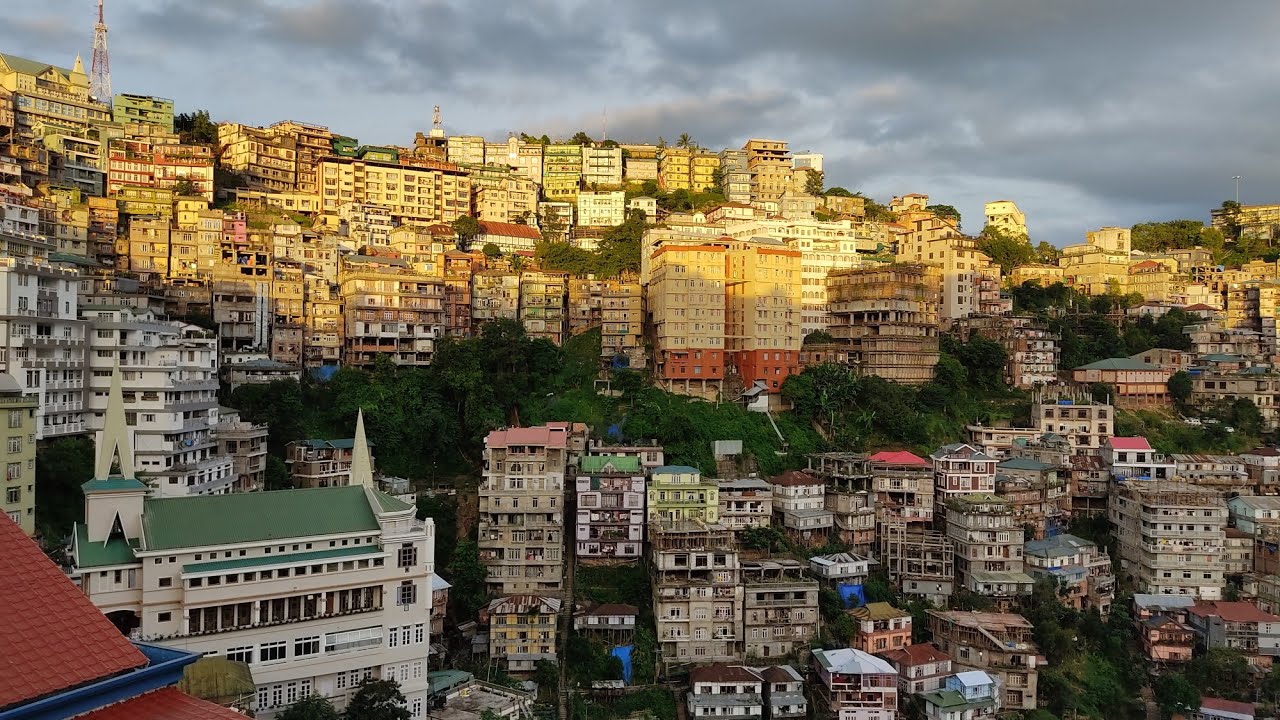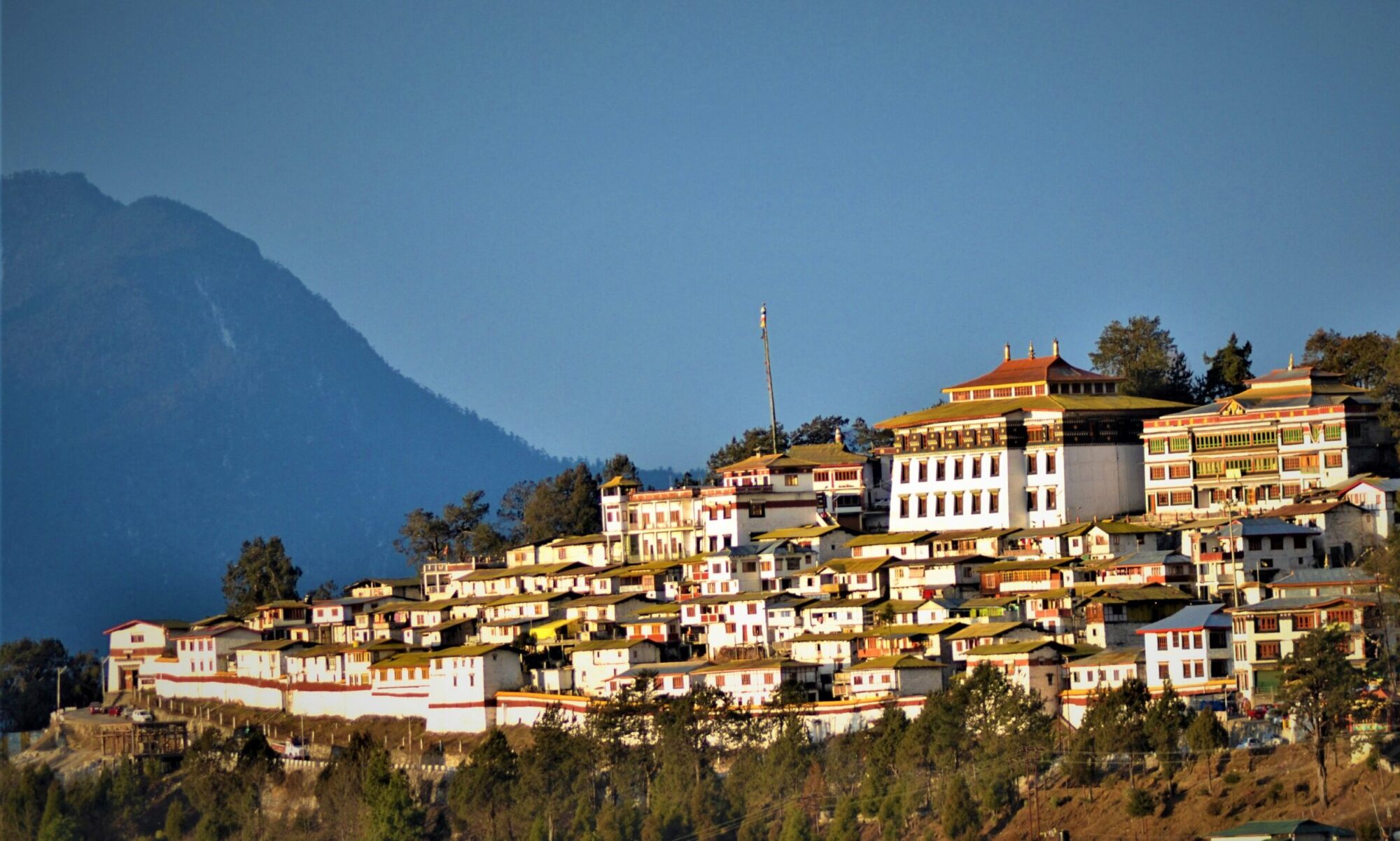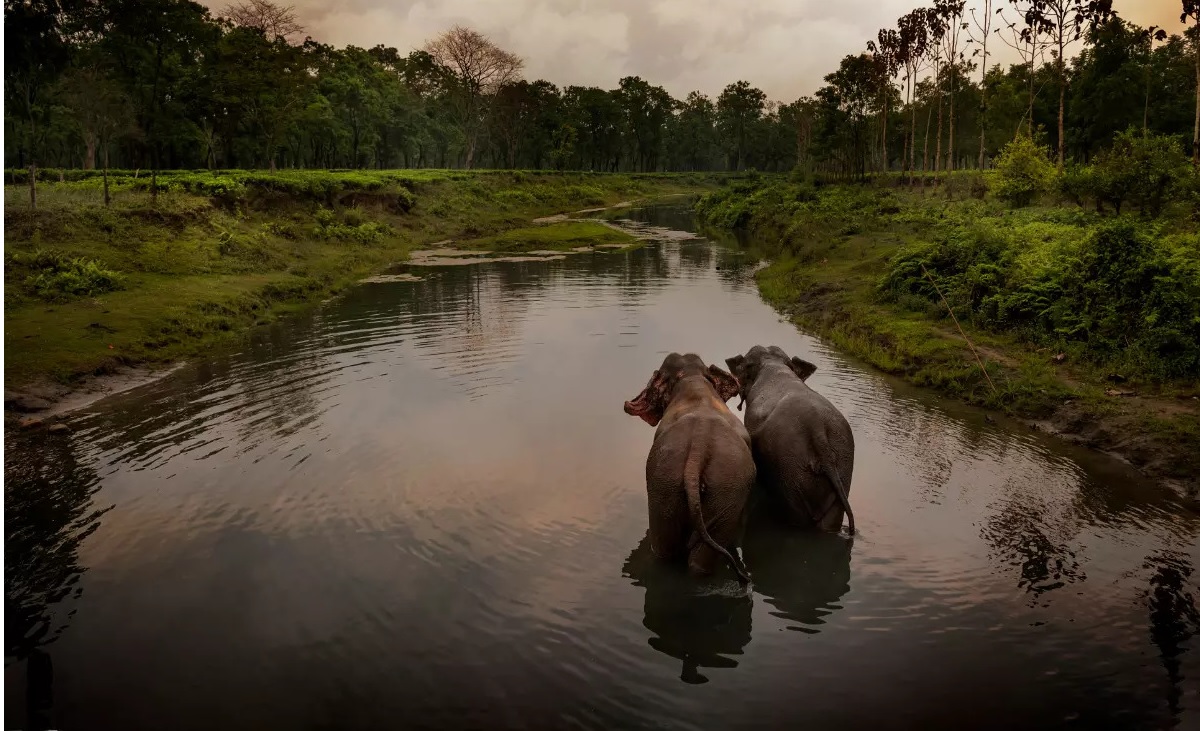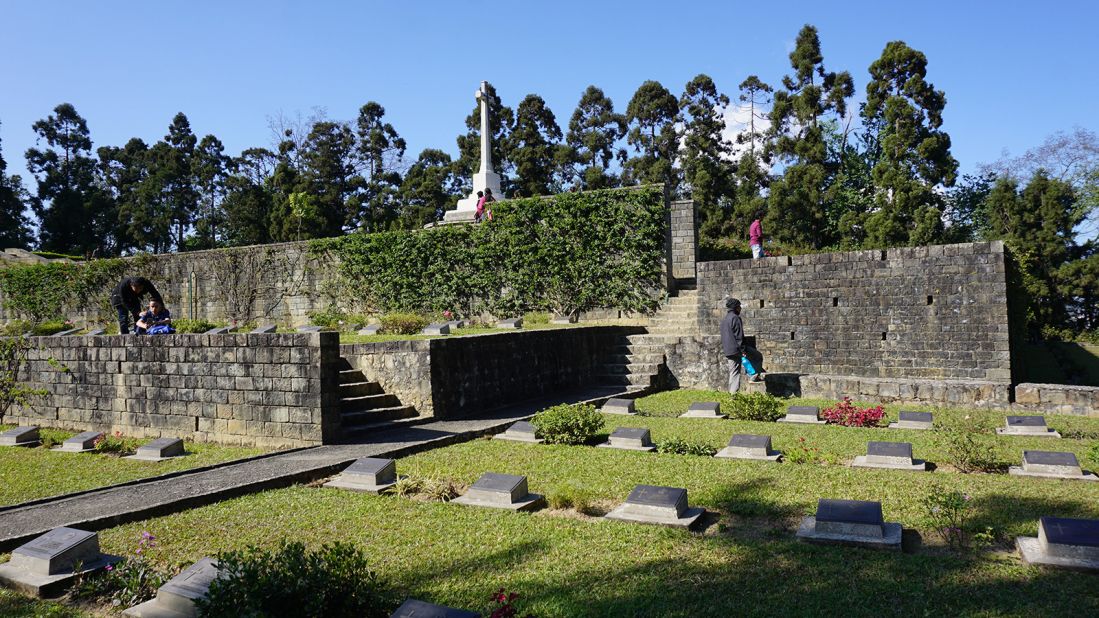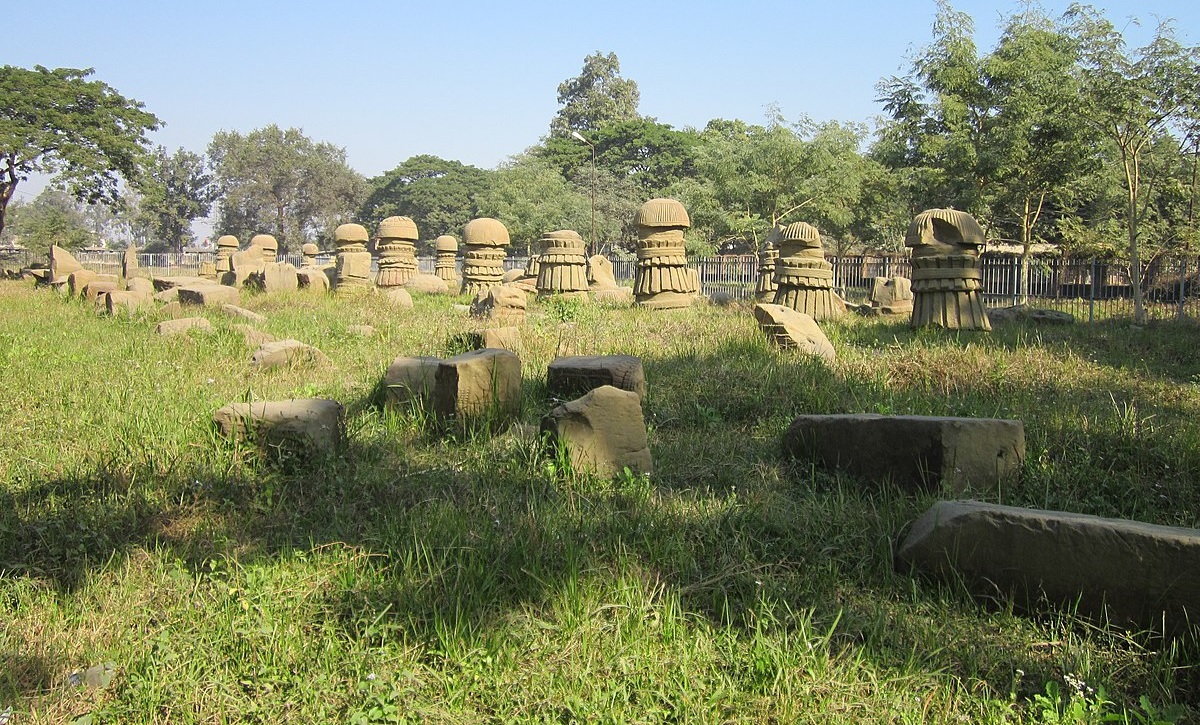About Majuli Assam
Majuli, located in the northeastern state of Assam, India, is the world’s largest river island nestled within the Brahmaputra River. Renowned for its rich cultural heritage and stunning natural beauty, Majuli is a biodiversity hotspot and a treasure trove of indigenous Assamese traditions. The island is characterized by lush greenery, vibrant rice fields, and numerous water bodies. Majuli is home to the unique Satras, which are Vaishnavite monasteries that have played a crucial role in preserving and promoting traditional Assamese arts, music, dance, and literature. The island faces challenges such as erosion due to the dynamic Brahmaputra River, leading to a continuous reduction in its landmass. Efforts are being made to address these concerns and safeguard Majuli’s cultural and ecological significance, making it a destination that seamlessly blends natural splendor with cultural heritage.
Location
Majuli is a picturesque river island located in the northeastern state of Assam, India. Situated within the mighty Brahmaputra River, Majuli is renowned as the world’s largest river island, characterized by its lush green landscapes, vibrant culture, and unique ecosystem. Accessible by ferries from the city of Jorhat, Majuli is a haven for nature enthusiasts and cultural aficionados alike. The island, dotted with traditional Assamese villages and Satras (Vaishnavite monasteries), offers a tranquil escape from the bustling mainland, providing visitors with an opportunity to immerse themselves in the rich heritage of Assam while enjoying the serene beauty of the Brahmaputra’s waters.
Best Time to Visit
The best time to visit Majuli, the picturesque river island in Assam, is during the winter months from October to March. During this period, the weather is relatively pleasant, with temperatures ranging from 10 to 25 degrees Celsius, making it ideal for exploration and outdoor activities. The winter months also coincide with the festival season in Assam, offering visitors the opportunity to witness vibrant cultural celebrations and traditional events. Additionally, the Brahmaputra River, surrounding Majuli, remains calm during this time, enhancing the overall experience of exploring the island’s unique landscapes, rich cultural heritage, and diverse flora and fauna.
How to Reach
To reach Majuli, the picturesque river island in Assam, one can start by flying into Jorhat, the nearest major city with an airport. The Jorhat Airport (Rowriah Airport) is well-connected to major cities in India. From the airport, one can hire a taxi or take a shared cab to Nimati Ghat, which is approximately a 30-minute drive. Nimati Ghat serves as the gateway to Majuli, and ferries operate from here to the island. The ferry ride across the Brahmaputra River takes about 1-1.5 hours, offering breathtaking views of the surrounding landscapes. It’s advisable to check the ferry schedules in advance, as they may vary. Once on Majuli, travelers can explore its unique culture, vibrant festivals, and serene beauty, making the journey an enriching experience.
Things to do
Explore the island’s unique blend of nature and tradition by visiting the Satras, ancient Vaishnavite monasteries, where you can witness traditional dance performances and learn about Assamese arts. Take a leisurely bike ride through picturesque landscapes, visit the Auniati Satra to witness mask-making, and don’t miss the stunning sunset at the banks of the Brahmaputra. Majuli offers a serene escape, providing an immersive experience into Assam’s rich cultural heritage and natural beauty.
FAQs
Q: How do I reach Majuli from Guwahati?
A: To reach Majuli from Guwahati, one can take a ferry from Nimati Ghat, Jorhat, which is approximately a 2-hour drive from Guwahati.
Q: What is the best time to visit Majuli?
A: The best time to visit Majuli is from October to March, during the post-monsoon and winter months, when the weather is pleasant for exploration.
Q: Are there accommodation options on Majuli?
A: Yes, Majuli offers various accommodation options, including guesthouses, eco-resorts, and homestays that provide a comfortable stay while allowing visitors to experience the local culture.
Q: What are the main attractions in Majuli?
A: The main attractions in Majuli include the Satras (Vaishnavite monasteries), traditional mask-making at Auniati Satra, bird watching at Tengapania, and the serene Brahmaputra River.
Q: Can I rent a bike on Majuli for sightseeing?
A: Yes, bike rentals are available on Majuli, offering a convenient way to explore the island and its scenic landscapes.
Q: Are there any festivals celebrated on Majuli?
A: Majuli hosts various festivals, with the Raas Leela festival being a major highlight, showcasing traditional Assamese dance and culture.
Q: Is there a local cuisine that I should try in Majuli?
A: Yes, don’t miss trying the local Assamese cuisine, including traditional Assam tea, rice-based dishes, and unique culinary delights that reflect the region’s cultural diversity.
Q: Are there guided tours available on Majuli?
A: Yes, guided tours are available on Majuli, providing visitors with insights into the island’s rich cultural heritage and natural beauty.
Q: What activities can I do besides exploring cultural sites?
A: Besides cultural exploration, visitors can enjoy boat rides on the Brahmaputra, witness vibrant sunsets, engage in bird watching, and take part in community-based activities.
Q: Is Majuli prone to flooding during the monsoon season?
A: Yes, Majuli is susceptible to flooding during the monsoon season due to its location in the Brahmaputra River. It’s advisable to check weather conditions before planning a visit during this period.


